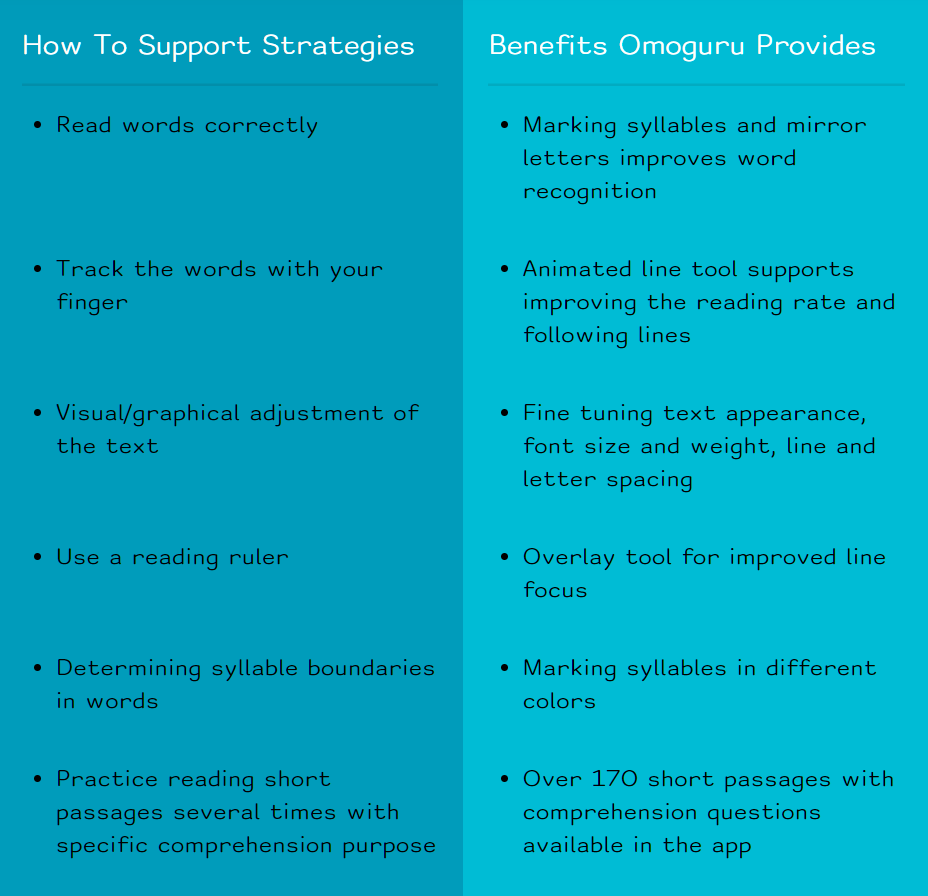
Fluency may be defined as “reasonably accurate reading, at an appropriate (conversational) rate, with suitable expression, that leads to accurate and deep comprehension and motivation to read” (Hasbrouck & Glaser, 2012, p. 13). Meyer and Felton (1999) define fluency as “the ability to read connected text rapidly, smoothly, effortlessly, and automatically with little conscious attention to the mechanics of reading, such as decoding” (p. 284).
Reading fluency is necessary for comprehension and motivated reading. It has been described as a bridge between early and later reading phases. If that bridge is closed, then access to the meaning of print and the joy of reading remains effectively blocked.
So all of these issues are very interconnected.

Common issues with fluency in dyslexic children are:
Children usually become able to read fluently during the second grade. For dyslexics this develops much later, depending on the dyslexia manifestation and support a child received. Or not at all. Certainly, without proper effort and support, it won’t get better. Fluent reading is achievable for dyslexic readers.
The key is to start reading words correctly. Structured literacy approach, tutors and reading specialists are an important part of the process of learning to read. But also parents supporting children in the right way, meeting their interests and slowly growing their interest to read no matter how hard it can be at times.
As a next step, any intervention has to be systematic and with proper intensity. Don’t over do it with reading practice so a child wouldn’t develop resistance to reading.
Set reasonable expectations for reading accuracy, rate and expression. Take reading level, words correct per minute, and type of text into consideration.
These are a few suggested strategies improve fluency:

What to have in mind:
* Use Personal tier first 14 days for FREE
* No credit card required
Learn ALL about Lexie.